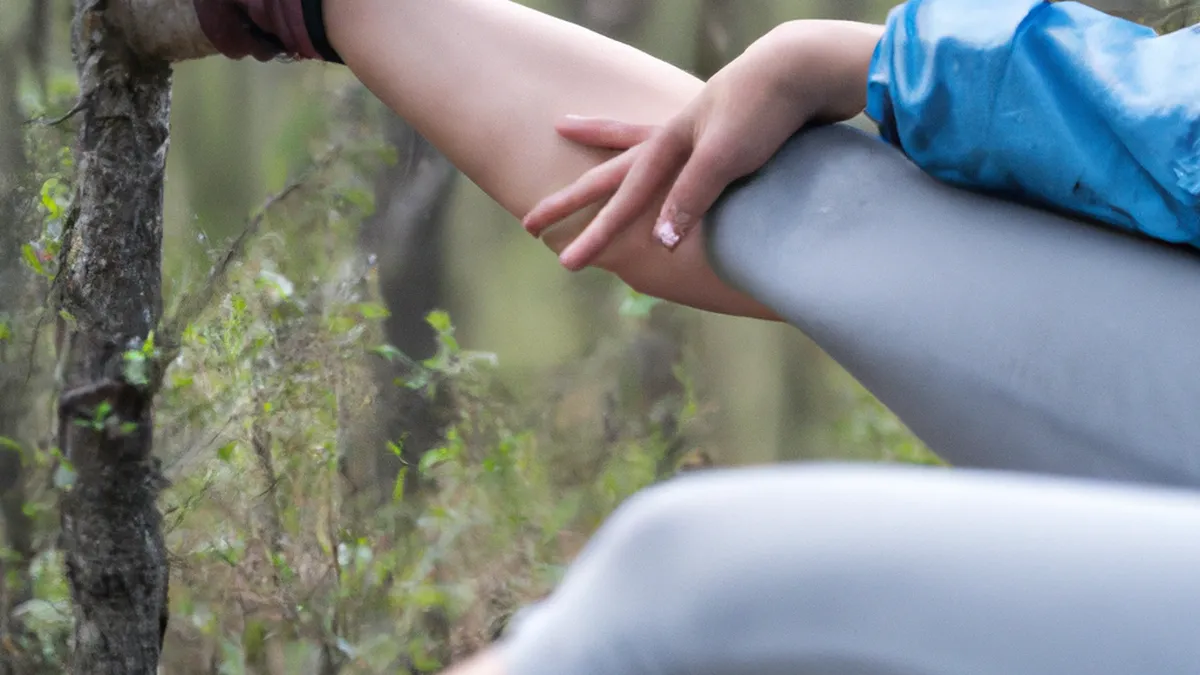Serene Movement: Tai Chi for Peace
Tai Chi for Relaxation: A Path to Inner PeaceIn today’s fast-paced world, you must find moments to relax. Stress accumulates and causes physical and mental fatigue. Tai Chi provides a gentle way to unwind and restore balance. This ancient Chinese practice combines slow movements, deep breathing, and mindfulness. It promotes relaxation and enhances overall well-being.
Understanding Tai Chi
Tai Chi, meaning “Supreme Ultimate,” originated as a martial art in China. Over time, it evolved to focus on health and relaxation. Participants perform slow, flowing movements that engage the mind and body. Each movement connects with deep breaths, fostering tranquility and calm.Many people start Tai Chi for its physical benefits, like improved flexibility and balance. However, mental and emotional benefits also hold significant value. Regular practice leads to profound relaxation and better coping with daily stress and anxiety.
The Philosophy Behind Tai Chi
As an Amazon Associate I earn from qualifying purchases.
Gear tip: consider yoga blocks, mobility sliders, and stretching strap to support this topic.
Tai Chi’s essence lies in its philosophical roots, intertwined with Taoism and traditional Chinese medicine. It emphasizes the importance of balance: mind and body, yin (passive) and yang (active), and internal and external energies. Achieving this balance fosters harmony within oneself.The practice encourages mindful movement, helping practitioners become aware of their bodies and thoughts. This awareness leads to a meditative state, allowing the mind to release distractions and worries for deeper relaxation.
Tips for Practicing Tai Chi
To maximize relaxation through Tai Chi, consider these tips:
1. Choose the Right Environment
Select a quiet location for your practice. A peaceful setting enhances focus and relaxation. Ideally, find a space with natural light and fresh air. If possible, practice outdoors in a park or garden. Nature amplifies Tai Chi’s calming effects.
2. Start with Basic Movements
Begin with simple Tai Chi forms suitable for beginners. Focus on foundational movements like “Grasp the Bird’s Tail” or “Wave Hands Like Clouds.” These movements promote relaxation and help you learn the flow. Gradually incorporate more complex forms as you gain comfort.
3. Use Deep Breathing Techniques
Breathing plays a crucial role in Tai Chi. Inhale deeply through your nose, allowing your abdomen to expand. Exhale slowly through your mouth, releasing tension. Synchronizing breath with movement enhances relaxation. Use this technique throughout your session.
4. Focus on Mindfulness
As you practice Tai Chi, concentrate on being present. Pay attention to sensations in your body and the rhythm of your breath.
Conclusion
Tai Chi offers a pathway to relaxation and inner peace. Embrace its movements and philosophies for improved well-being.
Below are related products based on this post:
FAQ
What is Tai Chi?
Tai Chi, meaning “Supreme Ultimate,” is an ancient Chinese practice that originated as a martial art. It has evolved to focus on health and relaxation through slow, flowing movements that engage both the mind and body. This practice promotes tranquility and enhances overall well-being.
What are the benefits of practicing Tai Chi?
The benefits of Tai Chi include improved flexibility and balance, as well as significant mental and emotional advantages. Regular practice leads to profound relaxation, better coping mechanisms for daily stress, and reduced anxiety. This holistic approach makes Tai Chi a valuable practice for overall health.
How can I get started with Tai Chi?
To start practicing Tai Chi, choose a quiet environment that enhances focus and relaxation. Begin with basic movements suitable for beginners, like “Grasp the Bird’s Tail” or “Wave Hands Like Clouds.” Incorporate deep breathing techniques and focus on mindfulness to maximize your relaxation experience.















Post Comment